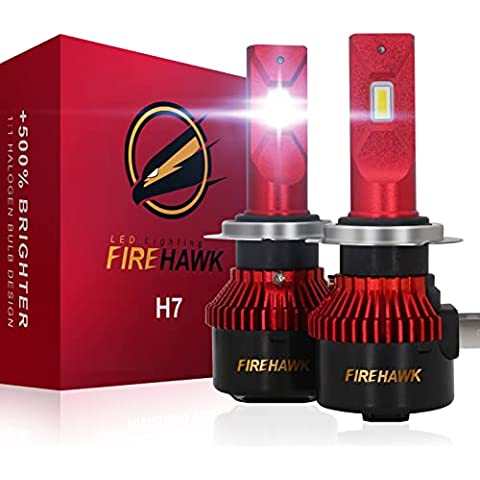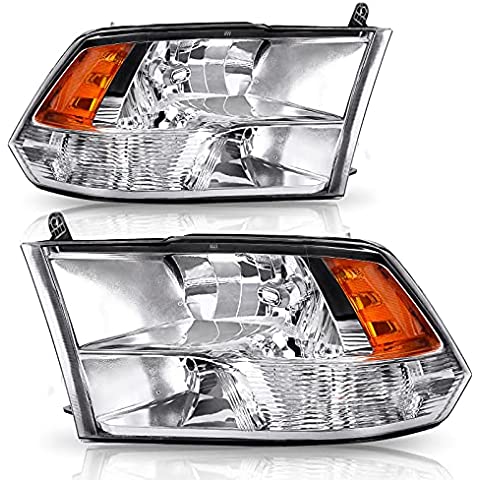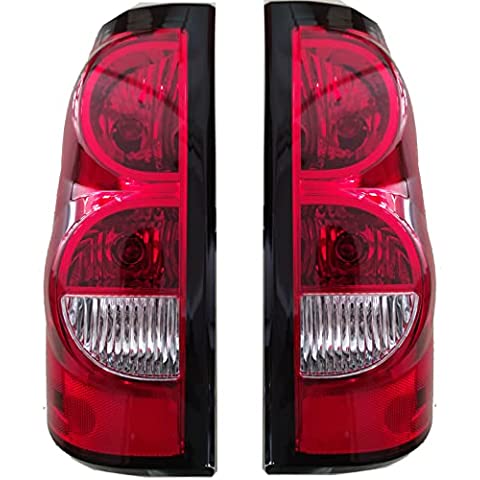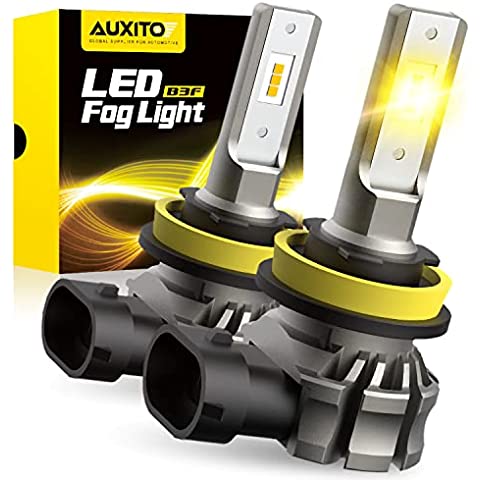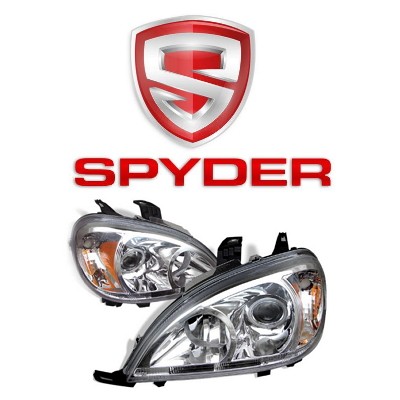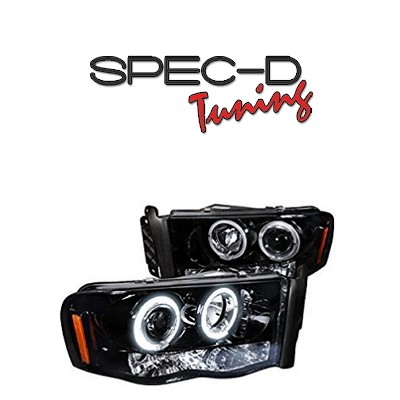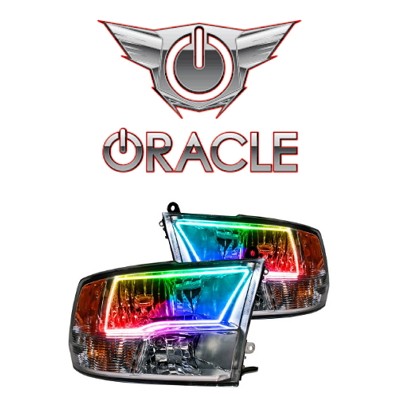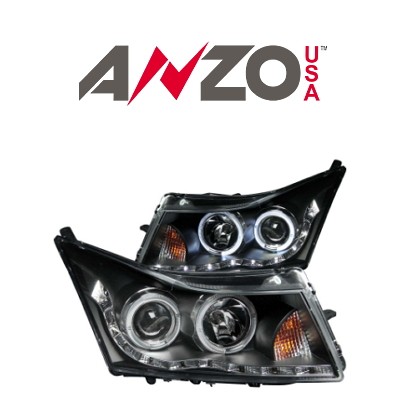Replacing car headlights on your own can seem daunting, but with the right guidance and understanding of the latest automotive lighting technologies, it can be an enriching experience. Whether you’re a car enthusiast looking to enhance your vehicle’s lighting system or a general consumer curious about upgrading to the latest trends, this guide will walk you through everything you need to know about replacing car headlights in 2025.
Products are available — click below to view them!
SEE DETAILS ON EBAYUnderstanding Lighting Technologies: LED, HID, and Halogen
One of the first decisions you’ll face when replacing headlights is choosing between LED, HID, and halogen technologies. Each has its pros and cons, and understanding these can help you make an informed decision.
LED Headlights
- Wattage: Typically around 30-60 watts
- Lumen Output: Up to 12,000 lumens
- Lifespan: 20,000-50,000 hours
- Key Brands: Philips, OSRAM, and emerging LED manufacturers
LED headlights are renowned for their energy efficiency and longevity. In 2025, smart LED systems offering adaptive lighting features are expected to be highly popular. These systems can adjust the light beam based on driving conditions, enhancing safety and visibility.
HID Headlights
- Wattage: About 35 watts
- Lumen Output: Up to 8,000 lumens
- Lifespan: 2,000-3,000 hours
- Key Brands: Sylvania, GE
HID headlights provide intense brightness and are often preferred for their superior visibility. However, they consume more power and have a shorter lifespan compared to LEDs.
Halogen Headlights
- Wattage: 55-65 watts
- Lumen Output: Approximately 1,500 lumens
- Lifespan: 500-1,000 hours
- Key Brands: Hella, Philips
Halogen bulbs are the most traditional and cost-effective option. However, they are gradually being phased out due to lower efficiency and shorter lifespan.
Comparative Analysis: Making the Right Choice
When selecting a headlight technology, consider factors such as cost, efficiency, and compatibility with your vehicle. According to the National Highway Traffic Safety Administration (NHTSA), LED headlights are favored for their energy efficiency and ability to illuminate the road more effectively, thus enhancing safety.
LED vs. HID
LEDs offer longer lifespan and lower power consumption, while HIDs provide higher brightness. LEDs are generally better for long-term use, while HIDs might be suitable if immediate brightness is a priority.
Halogen vs. LED
While halogens are cheaper, LEDs provide better performance and longer lifespan, making them a superior choice for most drivers.
Trends for 2025: What’s New?
As we look to 2025, several exciting trends are emerging in the automotive lighting sector:
Smart Headlights
These adaptive systems can automatically adjust to driving conditions, enhancing safety and energy efficiency. Market projections indicate a growing consumer interest in these technologies, with a projected market growth rate of 15% annually.
Eco-Friendly Lighting
With a focus on reducing environmental impact, manufacturers are developing recyclable materials and energy-efficient designs to appeal to eco-conscious consumers.
DIY Guide: How to Replace Your Car Headlights
Replacing headlights can be a straightforward process with the right tools and guidance. Follow these steps to ensure a successful installation:
Tools You Will Need
- Screwdriver (flat-head and Phillips)
- Gloves (to protect bulbs from oil)
- Replacement bulbs (ensure they are DOT-approved for legal use on roads)
Step-by-Step Instructions
- Turn off your vehicle and open the hood.
- Locate the headlight holder and remove the power wires by releasing the clip.
- Unscrew the old bulb and replace it with the new one, ensuring it fits securely.
- Reconnect the power wires and test the headlights before closing the hood.
Where to Buy: Leading Retailers and Marketplaces
For purchasing headlights, consider visiting leading U.S. retailers such as AutoZone or exploring advanced online marketplaces that offer a wide range of products. Ensure that any product you purchase is compliant with U.S. safety standards for road use.
In conclusion, replacing your car headlights is not only a practical skill but also a chance to upgrade to the latest lighting technologies. Whether you’re interested in the energy efficiency of LEDs or the brightness of HIDs, understanding the available options and trends can help you make the best choice for your vehicle. Dive deeper into the world of automotive lighting and make informed decisions that enhance both your vehicle’s performance and your driving experience.

